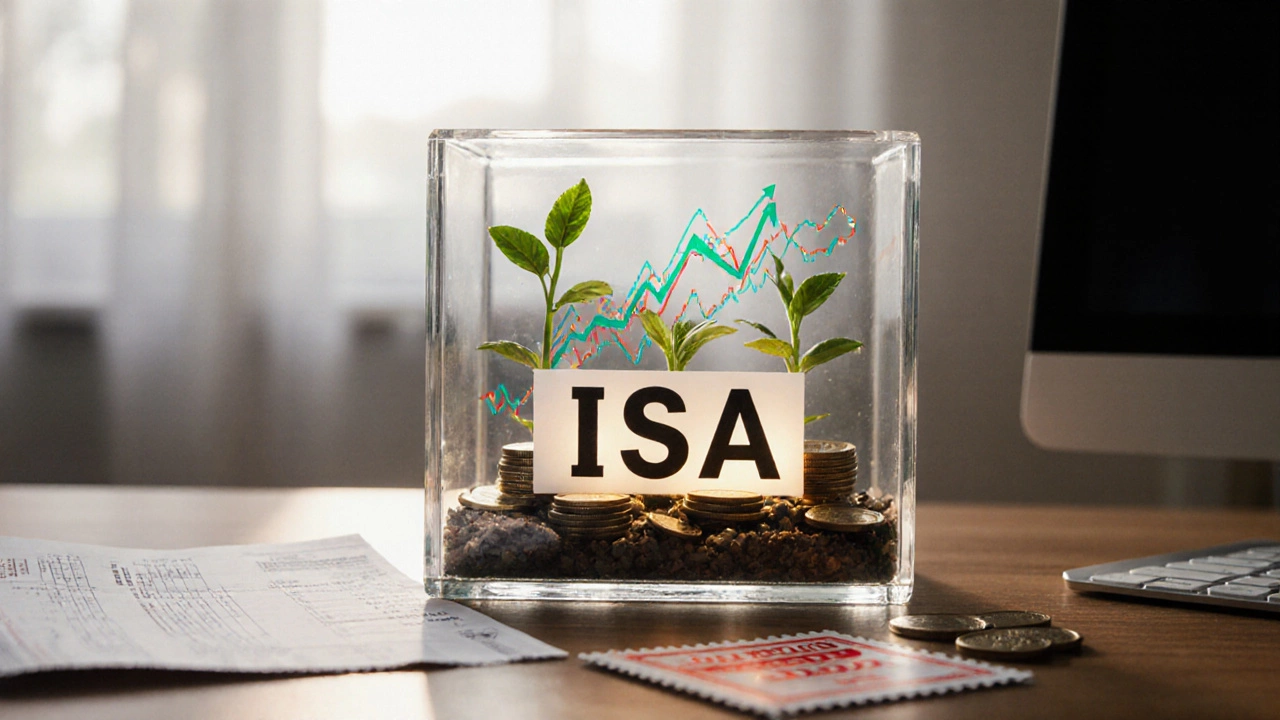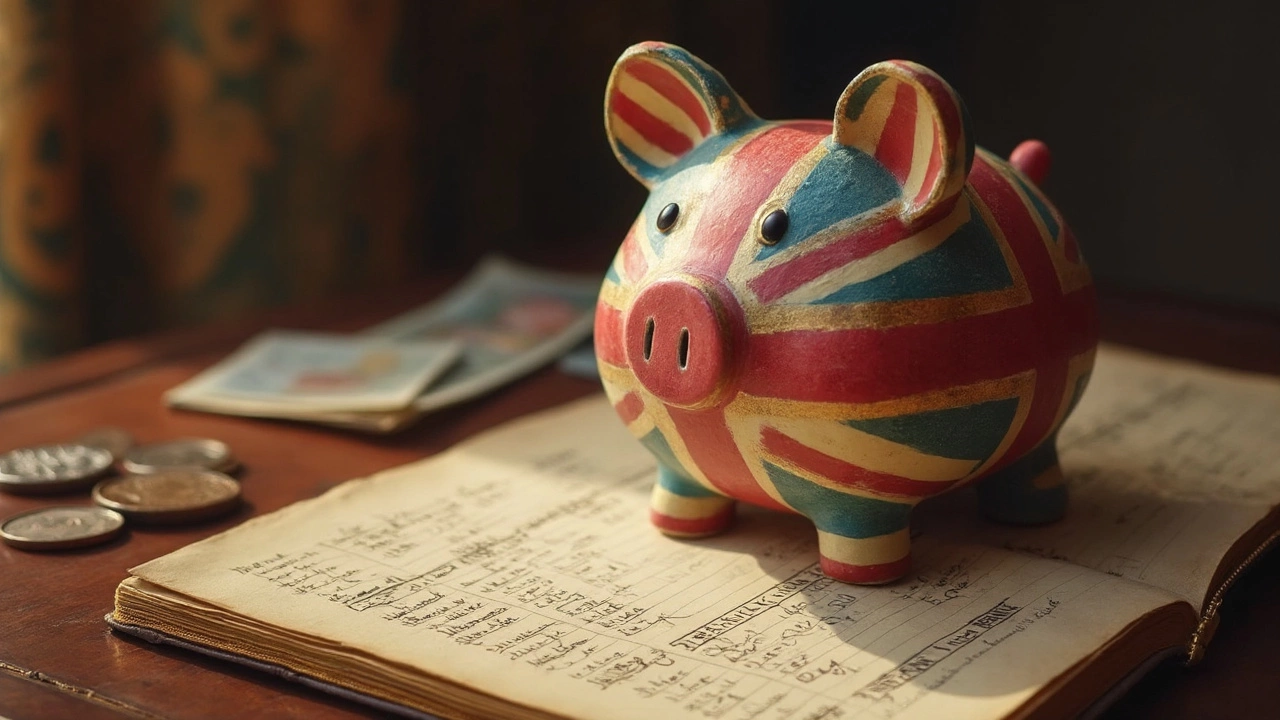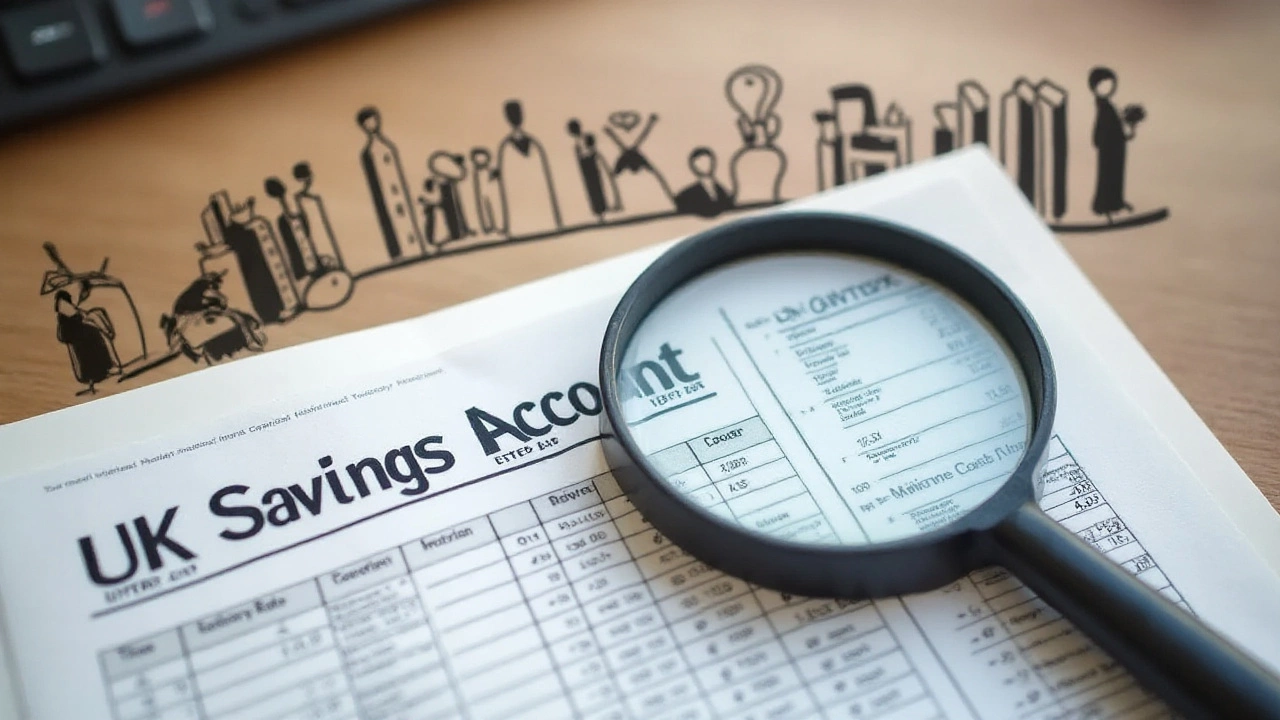Savings Accounts – Simple Guide to Grow Your Money
Ever wonder why your savings feel stuck? With interest rates hovering low, it’s easy to think a plain savings account isn’t worth it. But the right account can still give you a safe place for emergencies and a modest boost to your balance. Below you’ll find quick, practical steps to pick a solid account and a few alternatives that might out‑earn it.
A savings account is more than just a drawer for extra cash. It protects your money, keeps it liquid, and usually offers a tax‑free interest allowance. The key is to avoid hidden fees and low rates that eat away at any earnings.
How to Choose the Right Savings Account
Start by checking the advertised interest rate, but dig a little deeper. Does the bank apply a “variable” rate that can drop next month? Look for the Annual Equivalent Rate (AER) – it shows the real yearly return after compounding. Next, scan the fee schedule. Some accounts charge a monthly maintenance fee or a penalty for exceeding a certain number of withdrawals.
Think about access. If you need quick cash for an emergency, a regular easy‑access account makes sense. If you can lock the money away for a year or more, a fixed‑term or notice account often offers a better rate. Finally, compare any bonus offers. A sign‑up bonus can be tempting, but make sure you’ll meet the conditions without paying extra.
Smart Alternatives Worth Considering
If you’re comfortable with a little more risk, high‑yield savings accounts from challenger banks can shave a few extra points off that low‑rate headache. Money‑market accounts sit somewhere between a savings account and a short‑term investment, giving you higher interest while still letting you pull money out when needed – usually with a limit on the number of withdrawals per month.
Certificates of Deposit (CDs) are another option. They lock your cash for a set period, often 6‑12 months, and lock in a higher rate. The trade‑off is you lose access without a penalty. For those who want a blend of safety and growth, a regular savings account for your emergency fund plus a CD for extra cash can work well.
Whatever you pick, set a reminder to review your accounts every six months. Banks change rates, new offers appear, and your financial goals evolve. A quick check can keep your money working as hard as possible without any extra effort.
Bottom line: a good savings account still belongs in a balanced financial plan. Use the tips above to spot the best rates, avoid fees, and decide if a higher‑yield alternative fits your lifestyle. Your future self will thank you for the extra pound or two that stay in the bank instead of slipping away.











